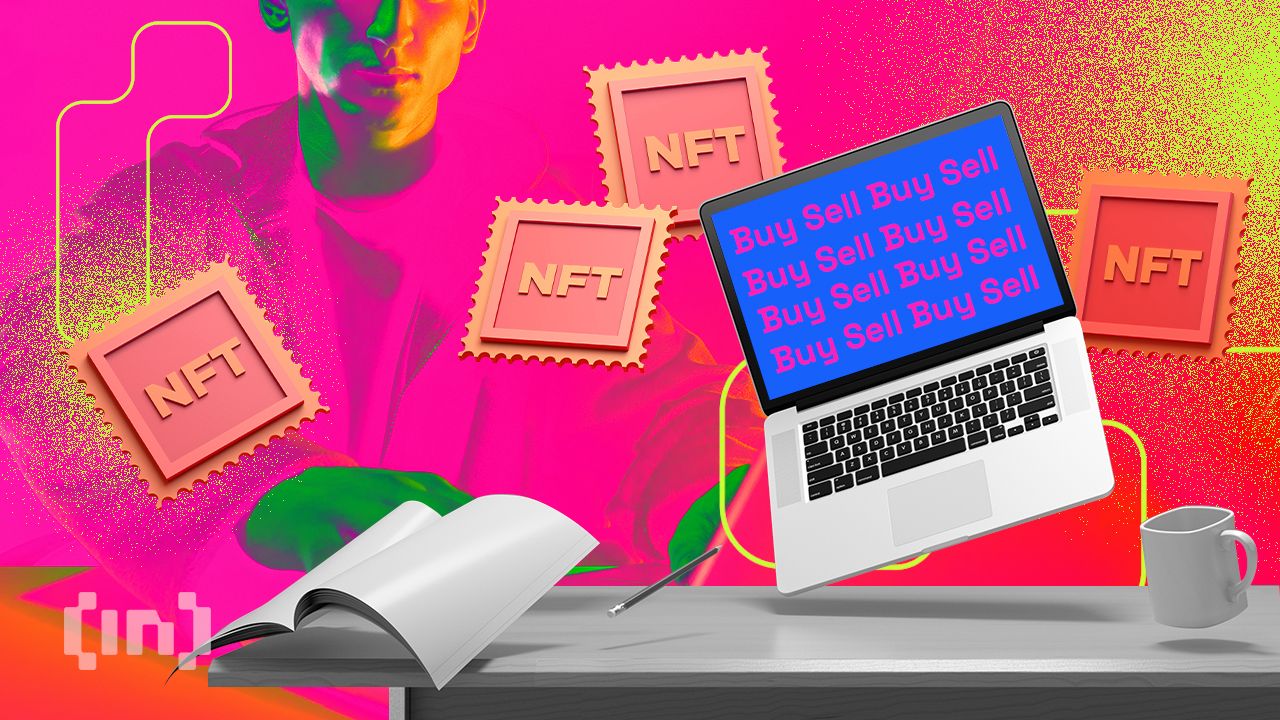Draft US Stablecoin Bill shows major differences between Stablecoins and CBDCs

The stablecoin part of the bill is largely concerned with Endogenously Collateralized Stablecoins and Qualified Payment Stablecoin issuers – absurdly named if you ask me (customized for the government).
This article is taken from The Node, CoinDesk’s daily roundup of the top stories in blockchain and crypto news. You can subscribe to get the whole newsletter here.
On the former, if the bill becomes law “endogenous security” stablecoins (also known as algorithmic stables or those backed by digital assets issued by the stablecoin issuer itself) will be illegal to issue, create or create for two years.
This seems like a good rule for US lawmakers to follow in the name of protecting Americans. Algorithmic stablecoins don’t work, period. And they probably never will, as they rely on a flywheel effect that works just fine when things go according to plan, but is literally designed to spiral to zero once hit by an exogenous shock.
However, the rest of the bill may lean more towards bad than good.
The Qualified Payment Stablecoin Issuers sections of the bill lay out a framework for who is allowed to issue stablecoins in the United States. The framework appears to boil down to banks, depository institutions and non-bank institutions applying for regulatory clearance. This might be fine if we haven’t seen evidence of obfuscating processes when it comes to crypto-adjacent banks.
Just ask fully-reserved Wyoming bank Custodia, which has had its own share of problems even though it appears to be following all the right procedures. The bill is far too paternalistic when no courtier can get through. Not to be cynical, but future stablecoin issuers not named “Big Bank XYZ” may have trouble offering stablecoin services since they look different than what regulators are used to.
All told, where the bill definitely leans more bad than good has to do with CBDCs (which feel like stablecoins even if they aren’t the same). To be clear, this bill does not require the issuance of a Federal Reserve-controlled CBDC in US dollars. Instead, it calls for a study on a Federal Reserve Digital Dollar to be released within one year and a briefing on CBDCs within 180 days of the bill becoming law.
Yes, yes – studies and briefings are just studies and briefings, but the conversation around CBDCs in Washington DC will be critically important. If the US government implements a CBDC one day, it should be done in a way that maintains privacy and does not allow the government to implement draconian monetary policies on a whim.
It sounds dramatic, but a fully monitorable, programmable, and centrally controlled CBDC will benefit almost no Americans and should generally not be adopted by government as a true path forward into the “digital future.”
This bill is still in draft form, but all Americans should pay close attention as the discourse around stablecoins and CBDCs evolves.

























